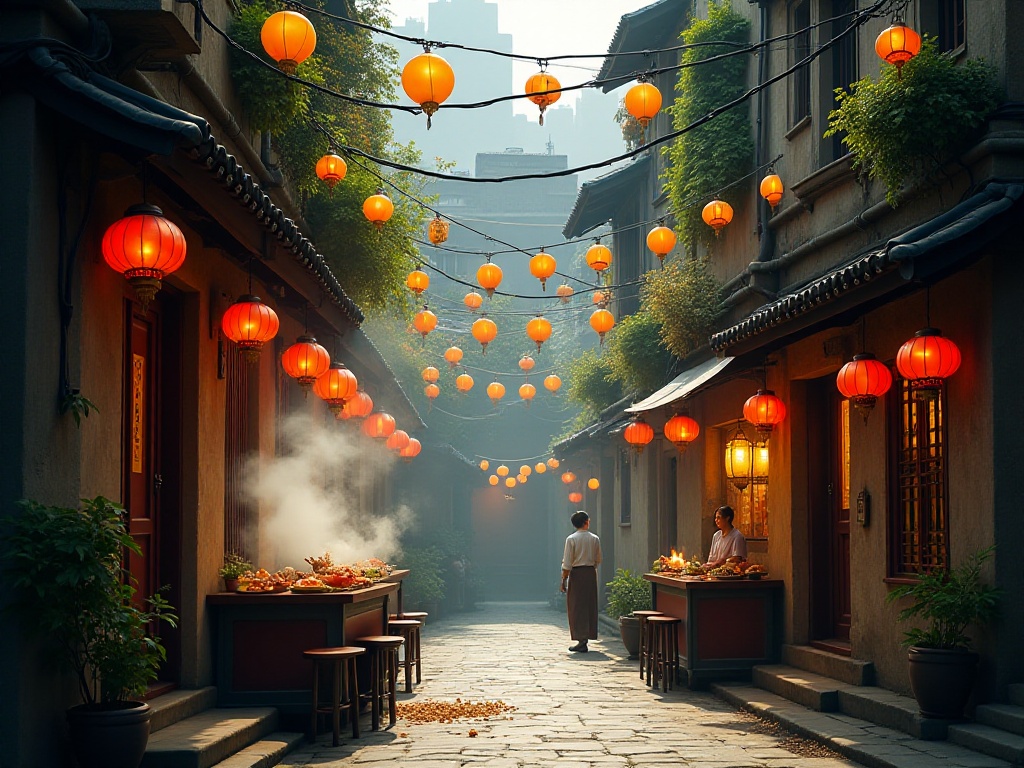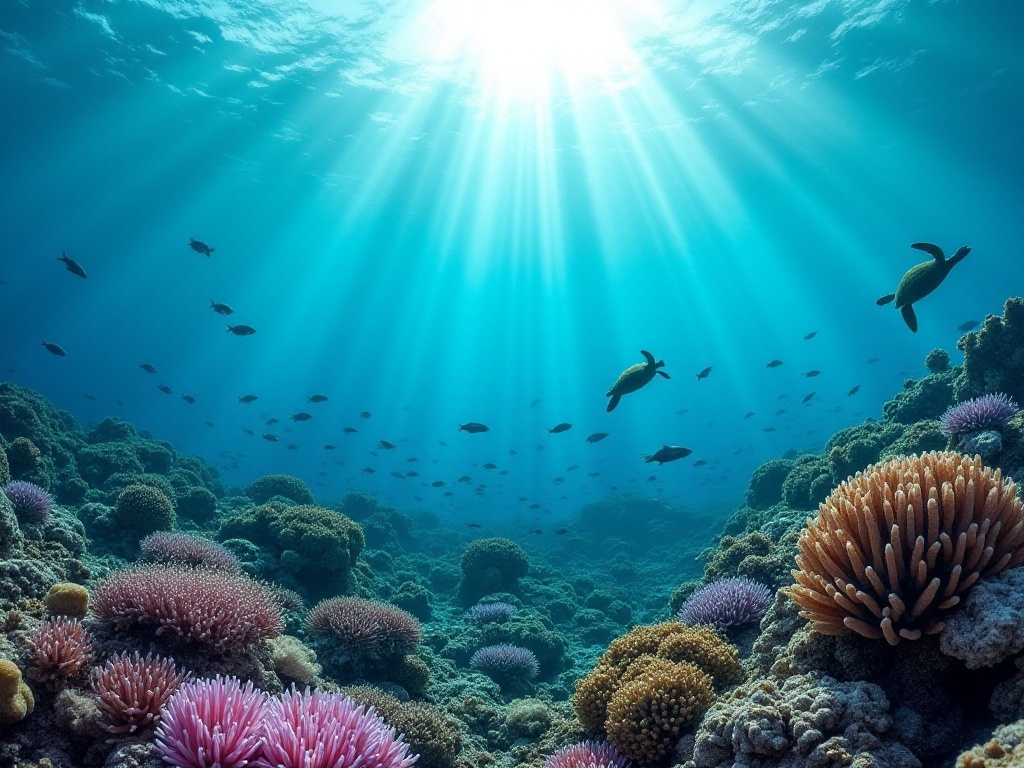
Pre-departure Thoughts
Having just returned from Machu Picchu, I'm eager to share this unforgettable journey. As a travel blogger who has visited over 30 countries, I've seen many world-class attractions, but Machu Picchu is undoubtedly one of the most awe-inspiring. The feeling of standing at the summit overlooking this "city in the sky" still vividly lingers in my mind.
Before visiting Machu Picchu, I read numerous travel blogs and guides online, but once I arrived, I realized that no words or pictures could fully capture its grandeur. When I first saw the complete view of Machu Picchu, I was speechless with amazement. It felt like traveling back hundreds of years, as if I could hear the sounds of life during the Inca Empire's golden age.
Uncovering the Ruins
Machu Picchu's mystery lies not only in its location but also in its rich historical and cultural heritage. This Incan treasure sits at 2,430 meters in the Andes Mountains, surrounded by rolling peaks and ever-changing cloud formations. Most remarkably, this magnificent ancient city slumbered in the jungle for 400 years until American archaeologist Hiram Bingham rediscovered it in 1911.
The construction of Machu Picchu is truly astounding. The entire city was built using massive stone blocks without any mortar. The Incas employed incredibly sophisticated stone-working techniques, fitting each block together perfectly. Some stones weigh over 50 tons, and archaeologists are still studying how the ancients transported these massive blocks to the mountaintop.
The city's architectural layout is also meticulously planned, aligning with Incan cosmology and religious beliefs. The site is divided into agricultural, residential, and religious zones. The agricultural area consists of terraced fields that not only grew crops but also prevented landslides. The residential area features a sophisticated drainage system that prevents flooding even during the rainy season. The Temple of the Sun in the religious district perfectly demonstrates the Incas' astronomical knowledge.

Preparation Guide
Visiting this mysterious ancient city requires thorough preparation. First, regarding visas, although Peru offers visa-on-arrival for Chinese tourists, it's advisable to prepare all materials in advance, including round-trip flight bookings, hotel confirmations, and proof of funds. I contacted a local travel agency beforehand, and they helped me prepare a detailed itinerary, which was very helpful for the visa-on-arrival process.
Tickets are another crucial consideration. Machu Picchu limits daily visitors to 2,500 people, and tickets often sell out one to two months in advance, especially during peak season (June to August). I booked my tickets through the official website, costing 152 soles (approximately 280 RMB). The booking process was quite complicated, with the website often being inaccessible and payment issues, so I recommend allowing plenty of time for this.
Besides the basic entrance ticket, you can purchase additional tickets to climb either Huayna Picchu or Machu Picchu Mountain. Both offer panoramic views of the site but require good physical fitness. I chose Huayna Picchu because it reportedly offers the best views, costing 48 soles (about 90 RMB). These additional tickets are limited to 200 per day and also require advance booking.
Transportation Guide
The route from China to Machu Picchu is quite complex. I departed from Beijing, flew to Lima (Peru's capital), then took a connecting flight to Cusco. There are many flights from Lima to Cusco; I chose LATAM, the largest local airline, with tickets costing about 1,000 RMB. While bus travel is possible, it involves a 20+ hour bumpy ride on winding mountain roads, not recommended for those prone to motion sickness.
From Cusco, the main transportation to Machu Picchu town is by train. Peru Rail operates various classes of scenic trains, from economy to luxury cabins. I chose middle-class seating, costing about 400 RMB one-way. The train travels along the Urubamba River valley, with steep cliffs and dense jungle on both sides, offering beautiful scenery. The journey takes about 3.5 hours; I recommend taking an afternoon train to enjoy the Andean sunset.
From the train station to Machu Picchu ruins, you need to take a bus. The bus station is in the town center, with round-trip tickets costing about 100 RMB. The winding mountain road takes 25 minutes one way. I recommend taking the first bus (5:30 AM) to avoid crowds and catch the best morning light for photos.
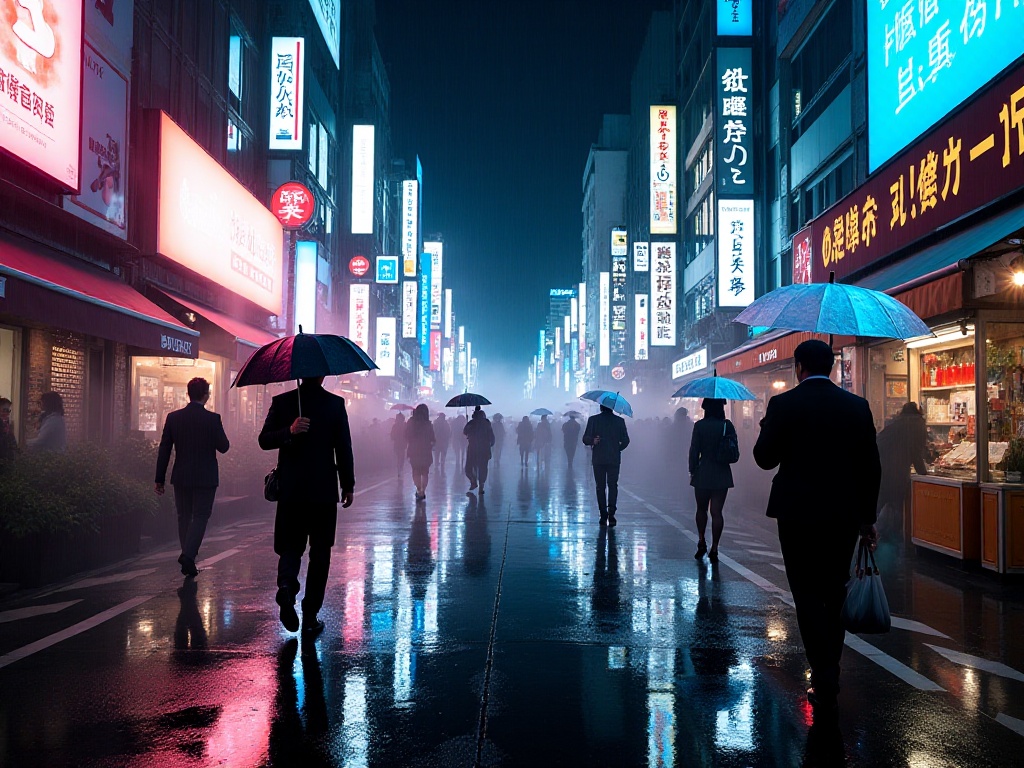
Accommodation Experience
I stayed three nights at Mountain Lodge, a small hotel in Machu Picchu town. The location is excellent, just a 3-minute walk from the train station. Though the rooms aren't large, they have everything needed, most importantly 24-hour hot water, which is rare at high altitudes. The owners are a Peruvian couple who speak fluent English and provided many useful tips.
Room rates were 380 RMB per night, including a simple breakfast. The breakfast was typically Peruvian, with fresh fruits, bread, jam, and rich Peruvian coffee. The hotel's terrace offers great views of the Urubamba River and surrounding mountains. Sitting on the terrace at night, watching stars and listening to the river, was particularly relaxing.
Though not five-star, the hotel is cozy and comfortable. The mattress is soft and the blankets warm, important features at high altitude. The rooms have heating, but it's advisable to dress warmly at night due to significant temperature variations. The hotel provides free WiFi, and while not very fast, it's sufficient for messaging and social media updates.
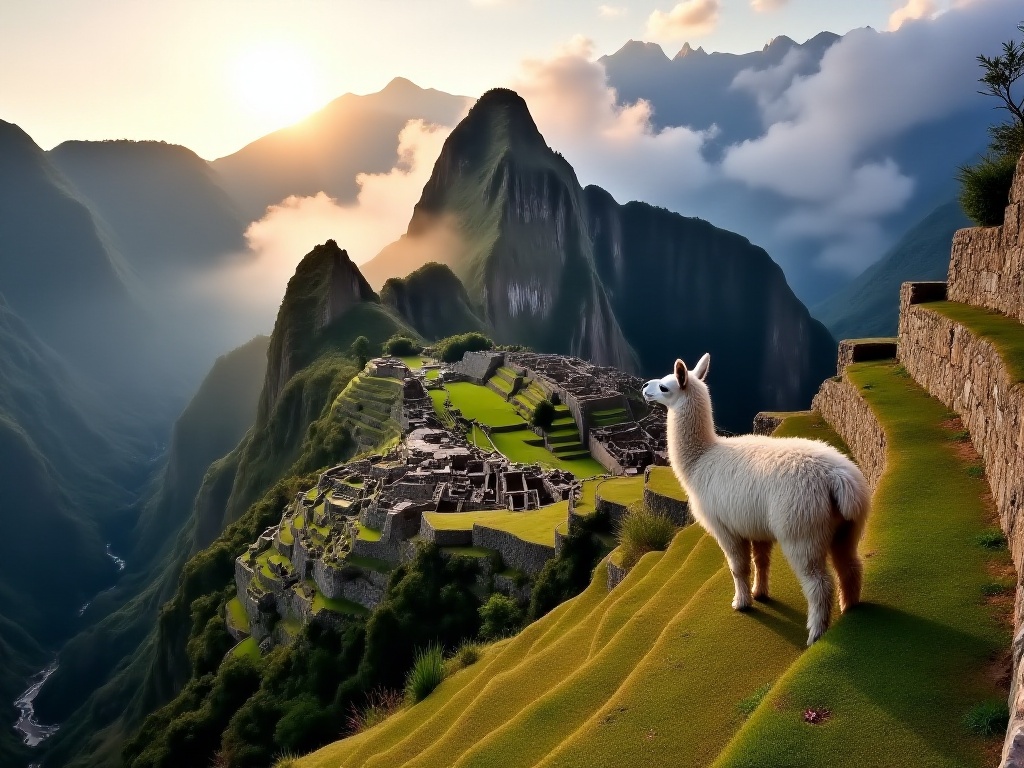
Mountain Climbing Record
Finally, the most exciting part! I woke up at 3:30 AM that day, quickly got ready, put on my hiking gear, and packed my bag with water and snacks. At 4:00 AM sharp, I arrived at the bus station to queue for the first bus. Though still dark, many tourists were already in line. While waiting, I met a German couple and had an interesting discussion about Incan civilization.
When we reached the site entrance, dawn was just breaking. After ticket checking, I headed straight for the Huayna Picchu trail. This mountain is over 300 meters higher than the Machu Picchu ruins, and climbing it was indeed challenging. The trail is stone-paved, with some very steep sections requiring both hands and feet. However, the views along the way are spectacular, offering different angles of Machu Picchu at each level.
After two full hours of climbing, I finally reached the summit. That moment was truly indescribable. As the morning mist gradually cleared, the entire Machu Picchu site emerged in the morning sun, with surrounding mountains standing like giants guarding this mysterious ancient city. I stayed at the summit for nearly an hour, watching the sun rise completely and the clouds dissipate, revealing the full view of the ancient city.
After descending, I began touring the site. The entire ruins are exceptionally well-preserved, with stonework craftsmanship that inspires awe. The Incas, without using any metal tools, could polish huge stones so precisely and fit them together seamlessly - a technique impressive even by today's standards.
Cultural Impact
At the site, I hired a local guide. A native of Cusco, he was extremely knowledgeable about Incan culture. Through his explanations, I gained a deeper understanding of this mysterious ancient civilization.
The Incas' building techniques were truly remarkable. Their stone walls needed no mortar, and the joints between stones are so precise that not even a piece of paper can fit between them. More impressively, these structures are earthquake-resistant. The guide explained that this is due to a special interlocking technique where stones compress against each other during earthquakes, making the structures more stable.
The Temple of the Sun impressed me most. Its design is incredibly sophisticated - during winter and summer solstices, sunlight enters through specific windows, falling precisely on the altar. This demonstrates the Incas' advanced astronomical knowledge. Beyond astronomy, they had many advanced technologies, like their terraced agricultural system, which prevented soil erosion and allowed for cultivation of different crops at various altitudes.
The Incan lifestyle was also fascinating. They had a complete social system including education, healthcare, and religion. Our guide explained that although the Inca Empire had no written language, they preserved their culture and knowledge through oral tradition and special recording systems (quipu).
Food Exploration
Peruvian cuisine is truly impressive. It blends Incan, Spanish, African, Chinese, and Japanese culinary influences, and is considered one of the world's three great cuisines. I tried many local specialties in Machu Picchu town, each one a delightful surprise.
The most distinctive dish was roasted guinea pig. Honestly, I hesitated when first seeing it on the menu, but tried it on the guide's recommendation. The skin was crispy, the meat flavorful, and when paired with local spicy sauce, it was quite tasty. Though it might be psychologically challenging for some, it's truly one of the most representative traditional foods of the Andean region.
Another must-try is Peru's national dish, Ceviche (raw fish marinated in citrus juice). Fresh fish with lemon juice, chili, onions, and cilantro creates a tangy, spicy appetizer. Though Machu Picchu town is far from the ocean, restaurants here make it with freshwater fish, and it's equally delicious.
At street stalls, I tried chicha (corn beer). This traditional drink from Incan times is made from fermented purple corn, tasting similar to rice wine but more refreshing. The vendor explained that during Incan times, this beverage was mainly used in ceremonial activities.
Local staples are corn and potatoes. Peru has thousands of potato varieties, each with unique taste and cooking methods. I particularly enjoyed "Causa," a cold dish made with layers of yellow potato puree filled with chicken or tuna salad, offering a fresh, light taste.
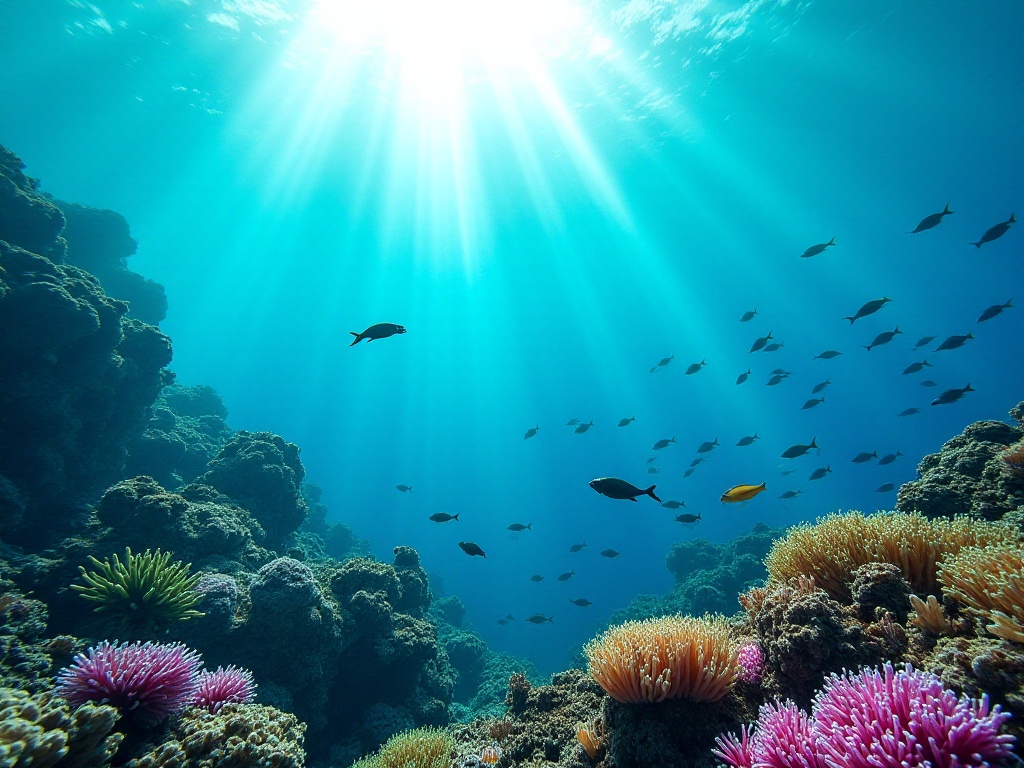
Practical Advice
Based on my experience, I'd like to offer some practical tips for those planning to visit Machu Picchu. First, altitude sickness is a major concern. Cusco's elevation is 3,400 meters, and many people experience dizziness and shortness of breath upon arrival. I recommend resting in Cusco for two days to acclimate before visiting Machu Picchu. Drinking coca tea, a traditional local remedy for altitude sickness, can help.
Sun and rain protection are essential. Weather at Machu Picchu changes rapidly - bright sunshine in the morning can turn to heavy rain in the afternoon. I learned this the hard way, applying sunscreen only once in the morning and getting badly sunburned. Bring sunscreen with SPF 50+ and reapply frequently. Rain gear is also necessary as there's no shelter at the site.
Regarding cash, bring plenty. While there are ATMs in Machu Picchu town, they often run out of money or don't accept international cards. Many small shops and taxis only accept cash, and credit cards aren't widely accepted. It's best to get cash and exchange it for local currency (soles) in Cusco.
For equipment, comfortable hiking shoes are essential. The stone paths at the site are slippery, and regular sneakers don't provide enough grip. Hiking poles are recommended, especially if you plan to climb Huayna Picchu. Don't forget hats, sunglasses, and insect repellent.
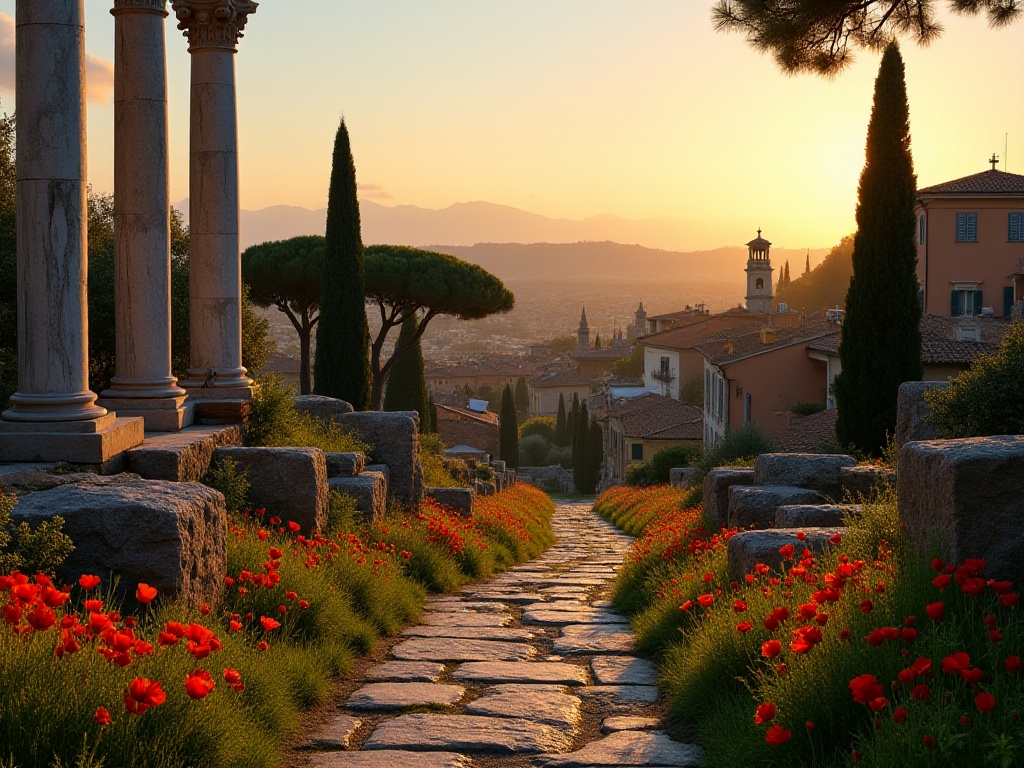
Reflections
This Machu Picchu journey taught me that true travel isn't just about taking photos at landmarks, but about experiencing a civilization's soul. Standing before those ancient walls, imagining how the Incas lived here hundreds of years ago, filled me with awe and emotion.
Though the Incas left no written records, they told their civilization's story through stone. Their precise astronomical calculations, superior construction techniques, and sustainable agricultural systems all demonstrate this civilization's wisdom and advancement. Watching the sunrise over the ancient city while listening to our guide's ancient legends always made me marvel at the magic of time.
Machu Picchu is more than an ancient city; it's a place that makes you contemplate life and civilization. It shows us that human wisdom and creativity are limitless, capable of creating wonders that amaze future generations even in the most challenging environments.
This is definitely a must-visit destination that will give you a completely different life experience and perspective. If you're planning a trip to Machu Picchu, feel free to share your thoughts in the comments. In the next post, we'll explore how to experience Cusco, this charming ancient city.
Next
From Paper Guides to Digital: Exploring the Evolution and Future Trends of Global Travel Guides
Comprehensive analysis of diverse travel guide resources, covering traditional publications like Lonely Planet, online travel platforms, TV travel shows, and digital travel content, providing readers with various channels to access travel information
Discovering the Beauty in Details: Why Are Professional Travel Guides Being Replaced by Personal Travel Experiences?
An in-depth exploration of modern travel guide formats across various media, covering both audiovisual and digital platforms, analyzing their content features, coverage scope, and presentation styles to provide comprehensive travel information
My First Solo Trip Around China: How to Plan a Spontaneous Journey Using Artificial Intelligence
An in-depth analysis of modern travel guide trends, covering AI-assisted planning, social sharing platforms, and digital destination management, exploring the transformation of tourism services towards intelligence and personalization
Next
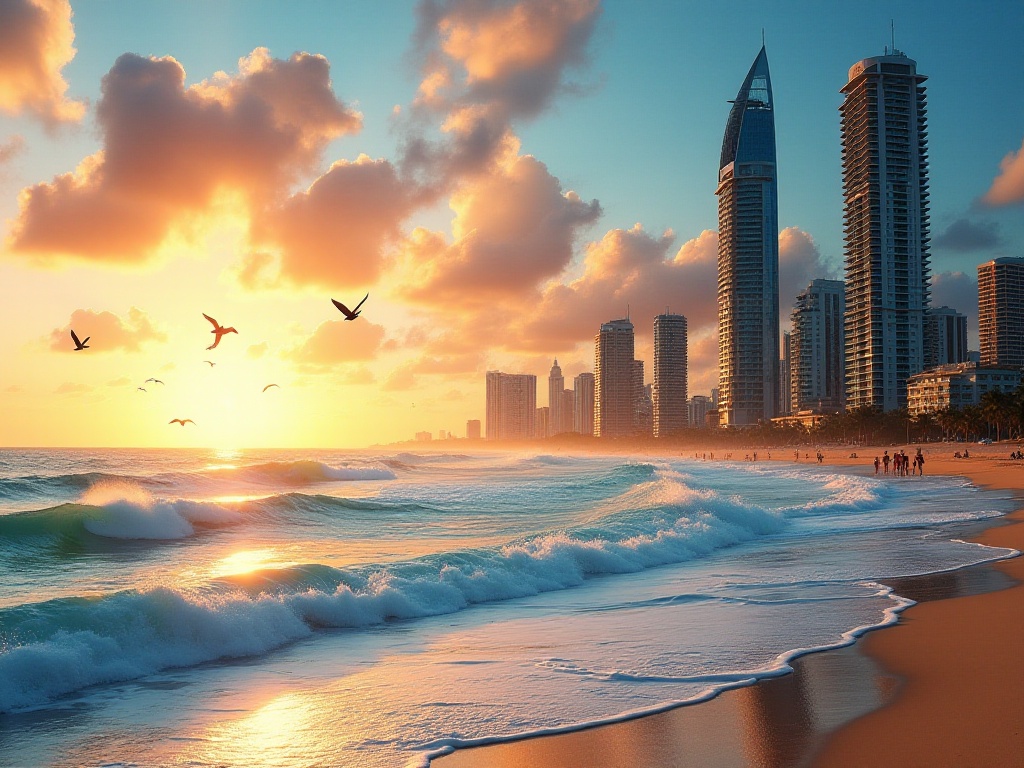
From Paper Guides to Digital: Exploring the Evolution and Future Trends of Global Travel Guides
Comprehensive analysis of diverse travel guide resources, covering traditional publications like Lonely Planet, online travel platforms, TV travel shows, and digital travel content, providing readers with various channels to access travel information
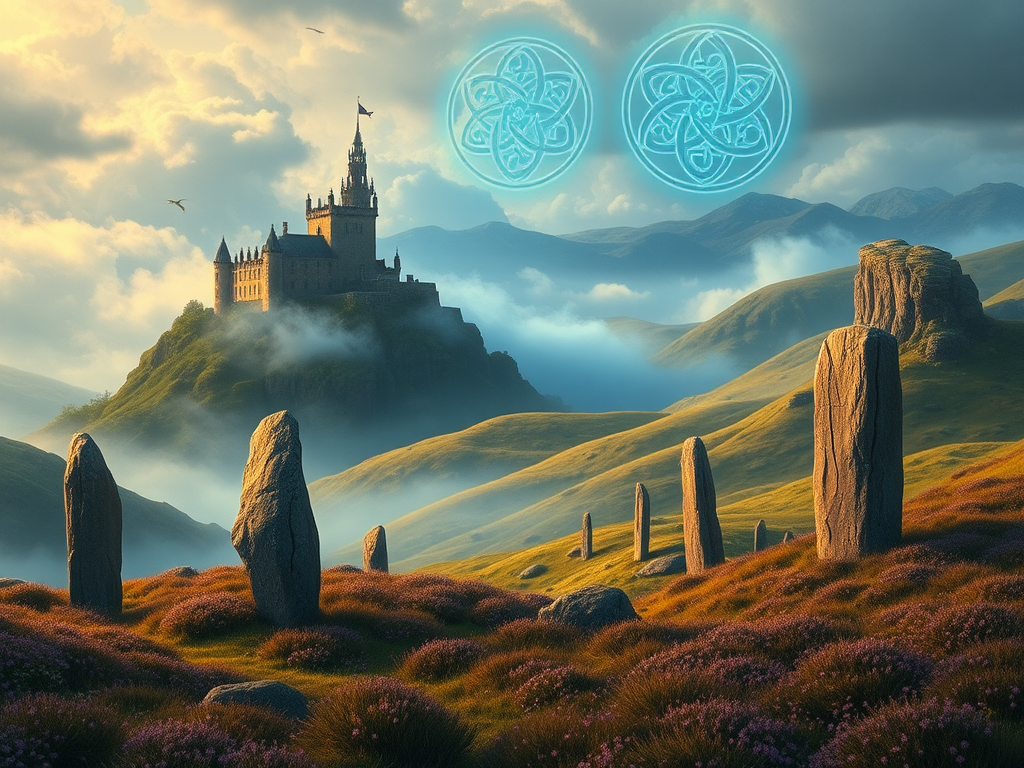
Discovering the Beauty in Details: Why Are Professional Travel Guides Being Replaced by Personal Travel Experiences?
An in-depth exploration of modern travel guide formats across various media, covering both audiovisual and digital platforms, analyzing their content features, coverage scope, and presentation styles to provide comprehensive travel information

My First Solo Trip Around China: How to Plan a Spontaneous Journey Using Artificial Intelligence
An in-depth analysis of modern travel guide trends, covering AI-assisted planning, social sharing platforms, and digital destination management, exploring the transformation of tourism services towards intelligence and personalization

